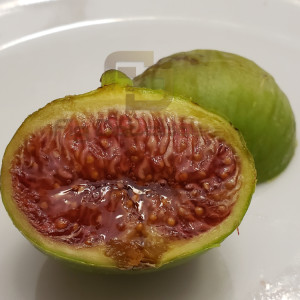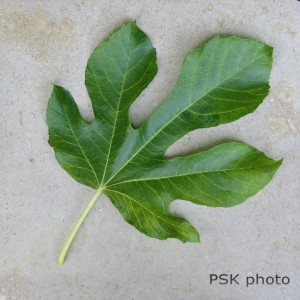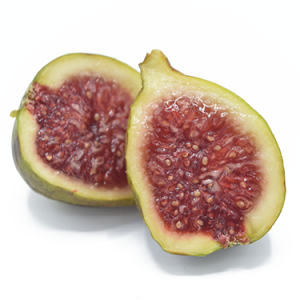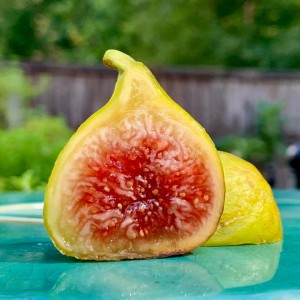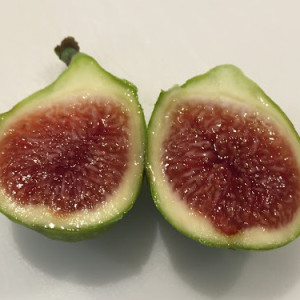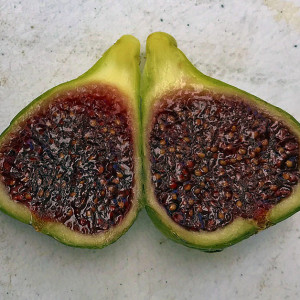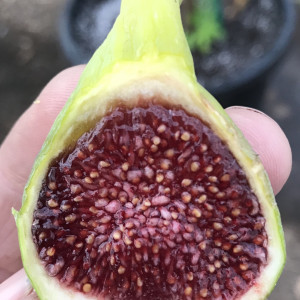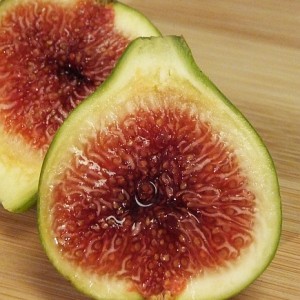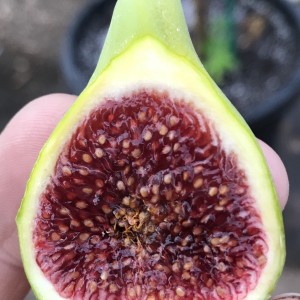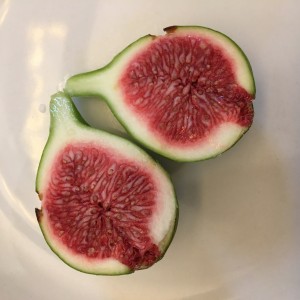This site contains affiliate links for which I may be compensated.
Adriatic
Adriatic Information
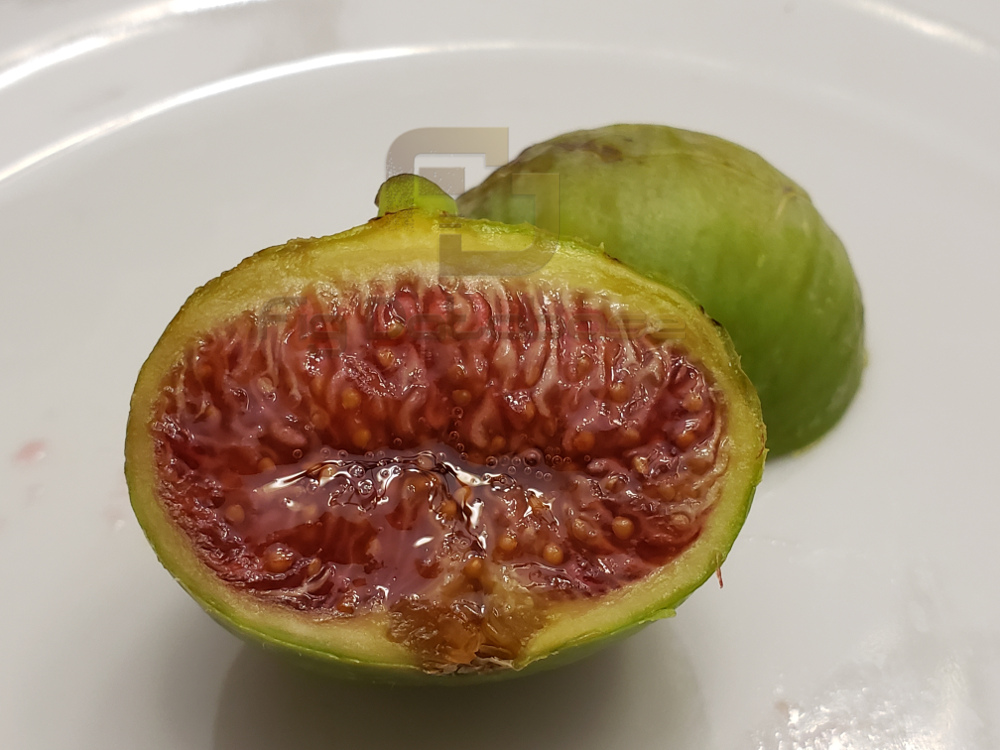

-
Possible Synonyms / AKA:
DFIC 32, Chico, Fico de Fragola, Fragola, Grosse Verte, Italian Strawberry, Nebian, Ragola, Strawberry Fig, Ventura, Verdone, White Adriatic, Igo Berry Tart
-
Introduced By:
-
Origin:
Italy -
Main Flavor Group:
Adriatic - delivers a balanced sweetness with a refreshing, light flavor. It combines subtle berry-like notes. Yellow or green skin and usually red pulp, with more complex additional flavors developing when fully ripe. -
Family Group:
-
Fig Type:
Common - Self fertile and will grow anywhere conditions are suitable -
Cold Hardy:
N/A -
Container Variety:
N/A -
Easy Rooting:
N/A -
Main Season:
any -
Availability:
Excellent -
Breba Crop:
Yes -
Seed Crunch:
N/A -
Eye:
open -
Skin Toughness:
moderate -
Fruit Size:
Medium to large -
Rain Resistance:
N/A -
Tree Vigor:
Vigorous -
External Links:
https://www.ourfigs.com/forum/figs-home/307413-white-adriatic-really-puts-on-figs
Description
Origin central Italy. A medium to large sized fig with sweet, red flesh that has a superb flavour. Unsurpassed for flavour when ripened on the tree, this medium to large sized fig has an excellent sweet flavour. Light Breba crop. Large vigorous tree leafs out early. The tree generally crops once per year with fruit which is very easy to peel when it ripens in late summer. Green to yellow skinned, the flesh is a rich, strawberry red and is a great variety for making jams, drying or eating fresh. Subject to Frost Damage .
Donated from: California, United States (Comment: Donated to NCGR, Davis.) Donors: University of California.
Maintained by the Natl. Germplasm Repository – Davis. NPGS received: 01-Jan-1982 NPGS - DFIC -32-Genotype-Data-Observations.pdf"> NPGS - DFIC -32-Genotype-Data-Observations.pdf NPGS - DFIC -32-Phenotype-Data-Observations.pdf"> NPGS - DFIC -32-Phenotype-Data-Observations.pdf
Maintained by the Natl. Germplasm Repository – Davis. NPGS received: 01-Jan-1982 NPGS - DFIC -32-Genotype-Data-Observations.pdf"> NPGS - DFIC -32-Genotype-Data-Observations.pdf NPGS - DFIC -32-Phenotype-Data-Observations.pdf"> NPGS - DFIC -32-Phenotype-Data-Observations.pdf
Ira J Condit:
Adriatic (White Adriatic, GrosseYerte, Nehian).
The Adriatic is said to have been introduced by W.B. West of Stockton from an English nursery in 1865, but was exploited several years later by G.N. Milco under its present name. Since about 1884 it has been and still is the principal drying fig of California, although the dried product is not of high quality. The trees are vigorous, very productive, and thrive with little care. Brebas are few in number, large, pear-shaped, green, and have deep strawberry-red pulp and rather strong flavor.
In interior districts second-crop figs are mediumin size, variable but generally spherical or top-shaped, green, have light-strawberry pulp, strong fig flavor, and are rich and good when well ripened; seeds are numerous and hollow. In coastal districts second-crop Adriatic figs are large, green with a purple tinge, deepblood-redinside, and have an excellent flavor. When caprified, Adriatic figs are medium to large, and have a deep-red pulp and some what Acid flavor.
Please have a look at the "similar varieties" section for other varieties you can also trial with very similar carachteristics (some, probably the same fig with different name).
A medium greenish-yellow fig with light strawberry pulp and good flavor. Turbinate with small or no neck. Leaf: base is subcordate to truncate; usually 5-lobed; middle lobe spatulate. Very subject to mosaic. Light Breba crop. Well-adapted in Northern California and the Northwest. Disappointing in the South as it leafs out early and is susceptible to damage from late freezes. Good all-purpose fig. Synonyms: Chico, Grosse Verte, Nebian, Strawberry, Verdone, White Adriatic.
Ray Givens
Adriatic— Grosse Verte; Nebian; Nubian (?); Fico di Fragola; Strawberry Fig ; Verdone (Rome); White Adriatic; Parker’s Smyrna ; Delamater’s (California). —Size above medium; shape variable, more or less rounded turbinate: the first crop more round than the second crop. Neck medium, stalk short. Ribs obscure. Eye open, with red iris. Skin very thin, greenish in shade, in sunlight bright greenish-yellow or yellow, according to locality where grown. Pulp bright strawberry red or in some localities violet-dark red with violet streaks in the whitish meat. A good and strong grower with large, shady, round head. Leaves deeply 5-lobed, oblong, bright, glossy green. Two crops. The first crop drops or if it stays is small and of poor quality, and ripens frequently with the second crop. If caprificated the first crop matures and becomes of very good quality. ( PI . XIV.) Extensively planted in California. Should never be planted extensively except where it is known to do well. A fig of varying qualities, according to the locality where grown. Prefers rich, alluvial soil, not too moist. Most excellent at Atwater and in the vicinity of Niles, and in many other localities in California. Better in the foot hills than on the interior plains. In wet places the fig bursts and sours badly. In localities where the fig does well it must be considered as one of our very best figs. It is not identical with the fig known as Adriatic in Italy. The three names under which it has been known in California were given by growers who desired to sell young trees or cuttings. It was introduced into California from Italy by very early settlers in the fifties, one of the first trees being planted at Big Oak Flat, in the Sierra Nevada foothills. In most localities this variety will be superseded by better kinds.
The Fig: Its History, Culture, and Curing by Gustav Eisen
If you'd like your banner to be shown here and throughout Fig Database, send us a message.






